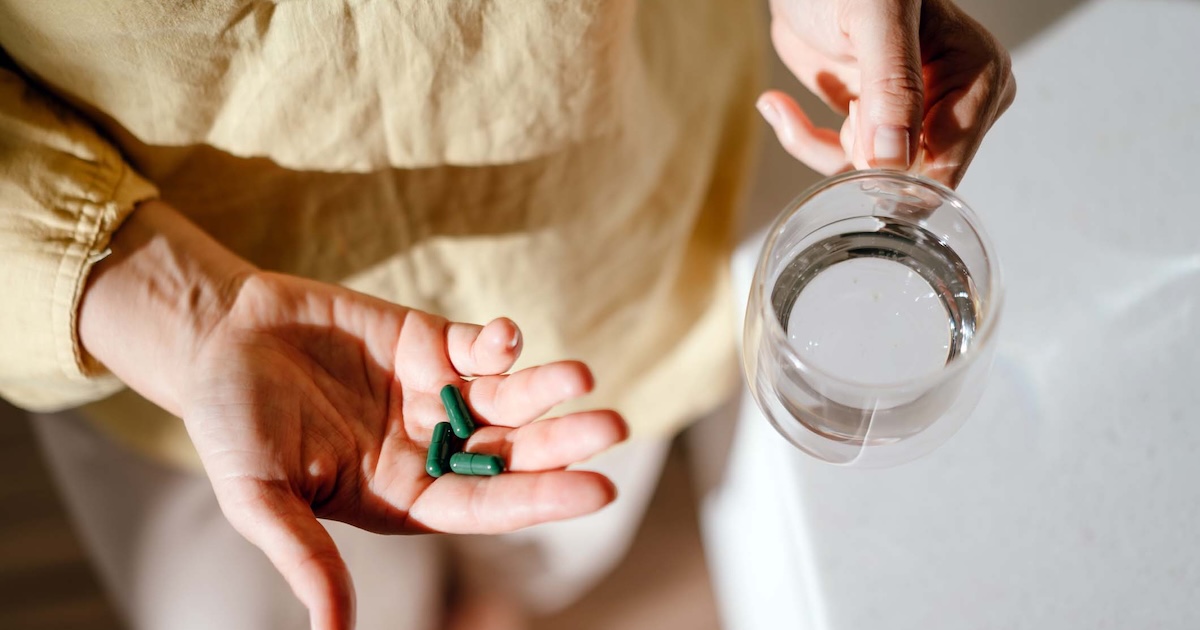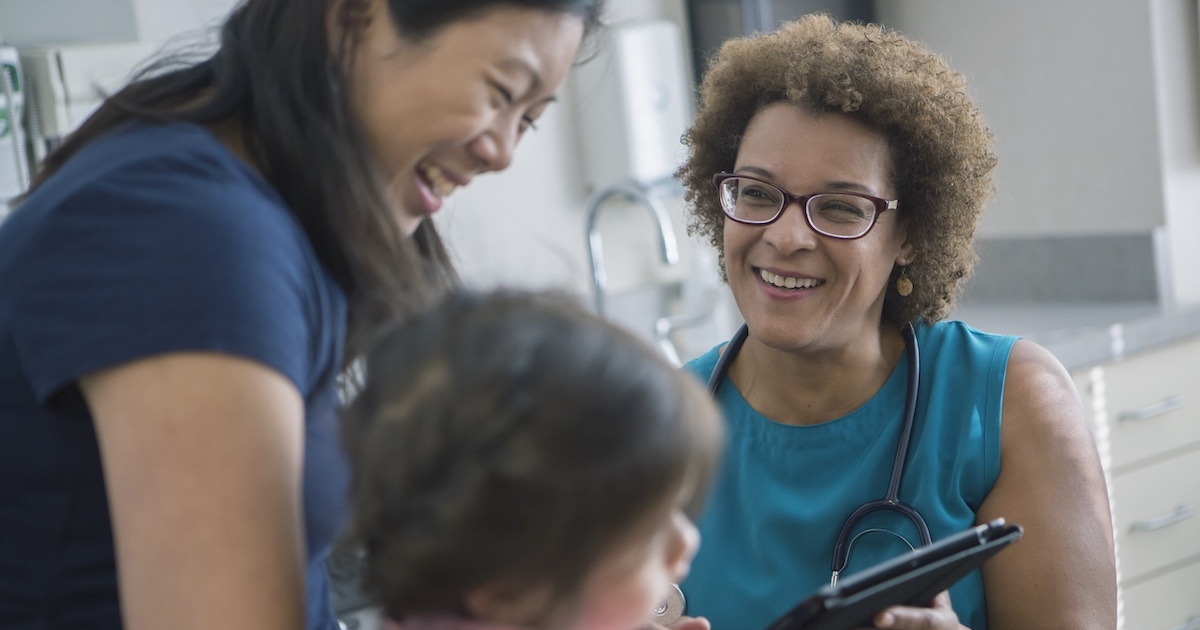The Scripps Translational Science Institute is joining forces with three mHealth companies to develop a wireless monitoring platform for those infected by the Ebola virus.
The San Diego-based center, part of the Scripps Health system, is partnering with Sotera Wireless, Rhythm Diagnostic Systems and PhysIQ on a sensor array, focused through two wireless monitors, that would be designed to continuously monitor and transmit multiple vital signs. Called STAMP2 (Sensor Technology and Analytics to Monitor, Predict and Protect Ebola Patients), the program is being funded through a grant from the U.S. Agency for International Development.
“The new approach will provide unprecedented visibility into a patient’s physiology that we believe will be invaluable to improving care in minimizing risk of exposure during an Ebola virus outbreak,” Steven Steinhubl, MD, director of digital medicine at Scripps Health, said in a press release. “This will open the door to being able to identify warning signs very early on, when potentially lifesaving care can be provided.”
The program would consist of Sotera's ViSi mobile system and Rhythm Diagnostic Systems' MultiSense device, a Band-Aid-type sensor. Those devices would synch with wireless rugged computers and smartphones or tablets with designated apps, enabling healthcare workers to monitor quarantined patients in a safe environment. The data would be transmitted to a personalized physiology analytics (PPA) platform developed by physIQ, which would create a physiological profile for each patient and instantly alert healthcare workers to any changes in a patient's health status.
The program addresses two key problems in Ebola treatment – caring for those who are infected with the deadly virus, and monitoring those who've treated or come into contact with Ebola patients and may be infected. The STAMP2 program could be used to keep track of the latter population in place of self-monitoring (which might be unreliable) or a quarantine, which has proven controversial. With those infected by Ebola and highly contagious, the program could offer a continuous ability to monitor vital signs.
"For patients confirmed to be infected, important changes in health status can be missed in periodic vital sign checks, even when carried out every few hours," officials said in the press release. "In both cases, continuous monitoring of multiple vital signs, coupled with sophisticated, personalized data analytics, can lead to much earlier warning and with it, earlier intervention."
Officials say the program will have an initial capacity of 500 patients, but could be expanded as needed.
First detected in 1976 in what is now the Democratic Republic of the Congo, the Ebola virus cropped up every now and then in remote parts of Africa until last year, when it erupted into a full-blown epidemic that has reportedly infected some 13,000 people and killed more than 9,000. Isolated cases have been reported outside the African continent, including two imported cases (one of which died) and two locally acquired cases in the United States.


